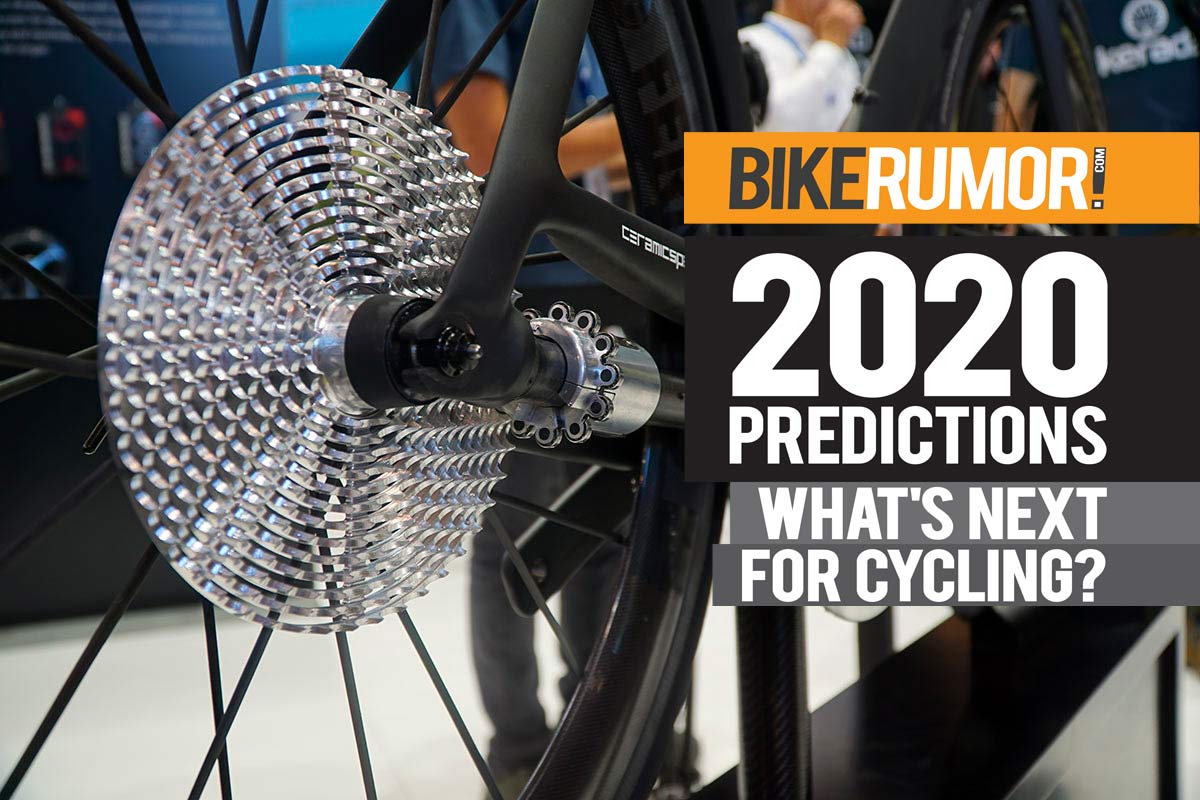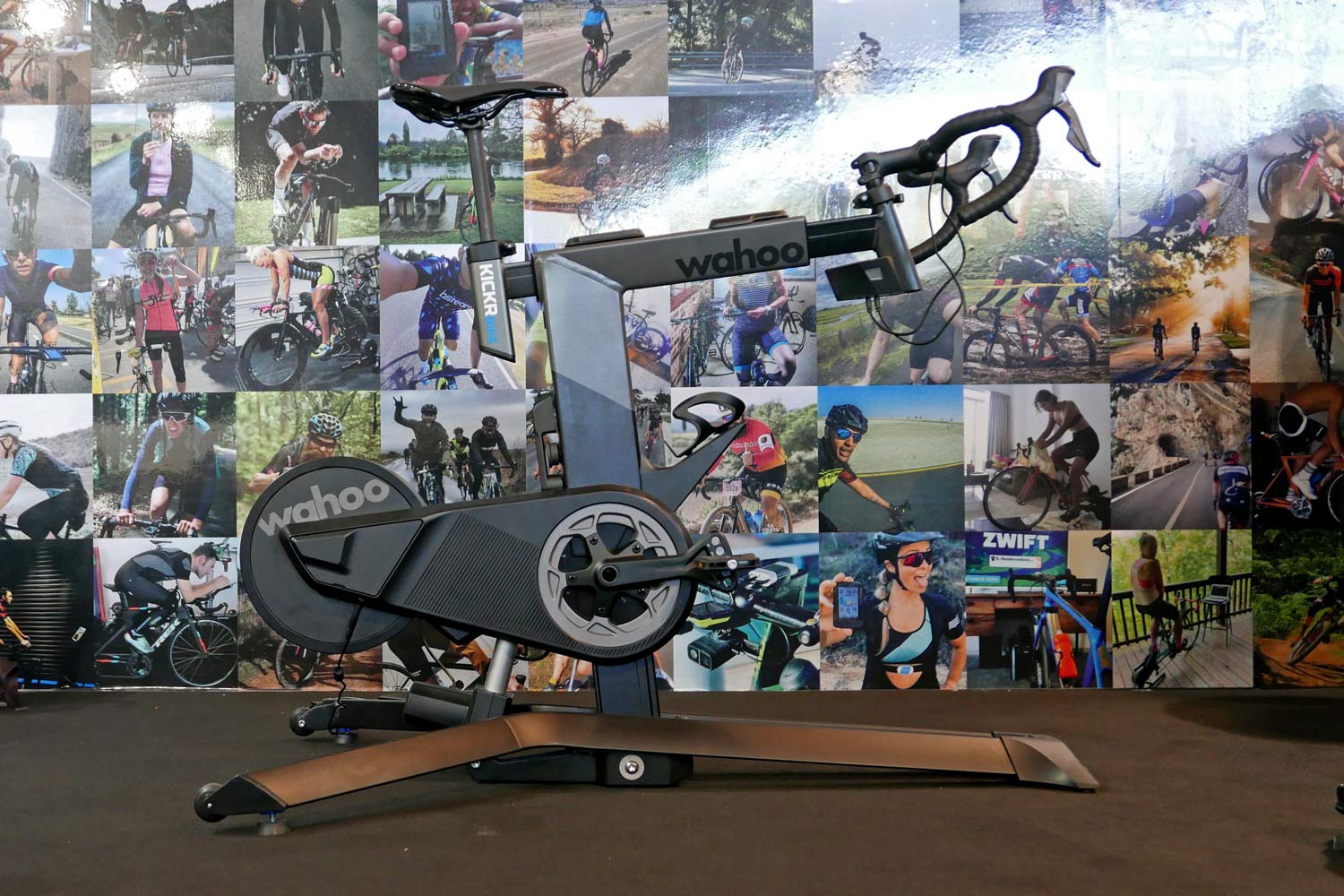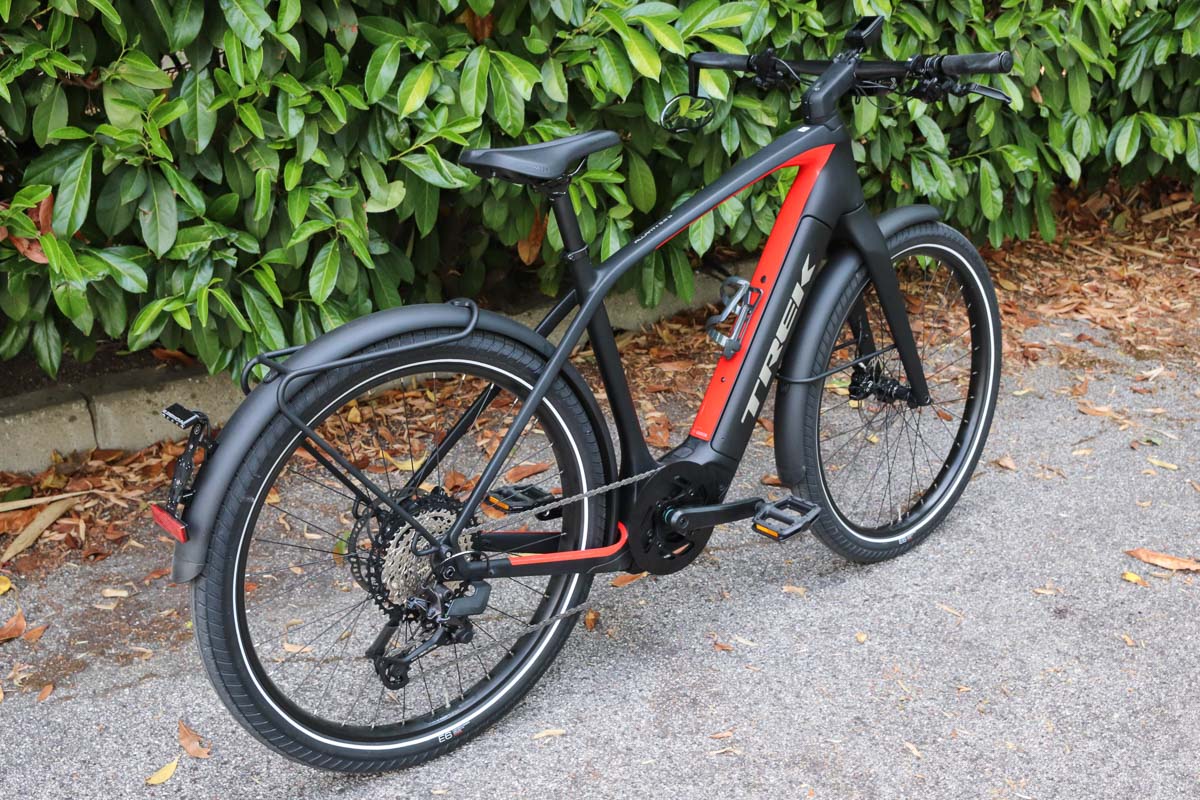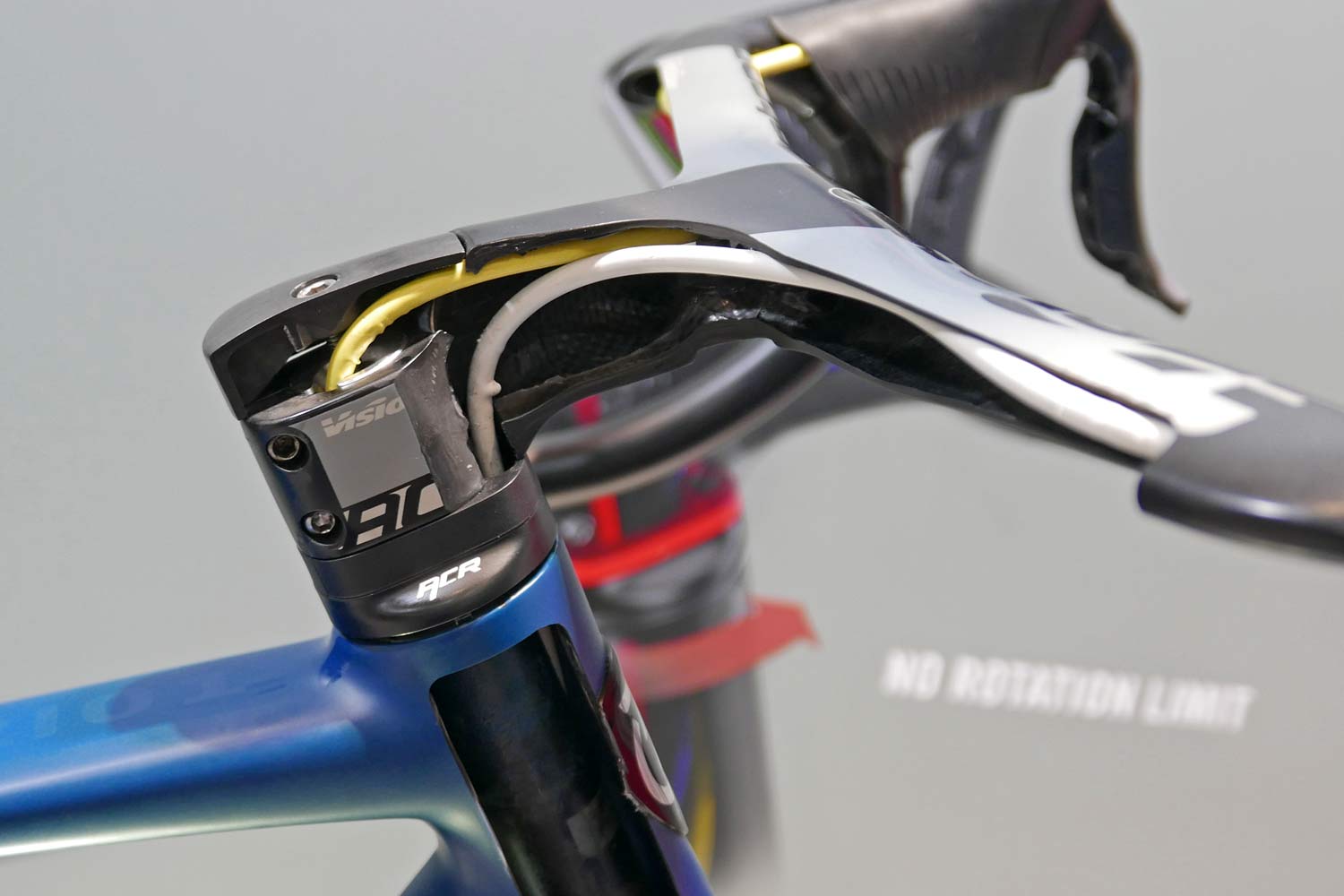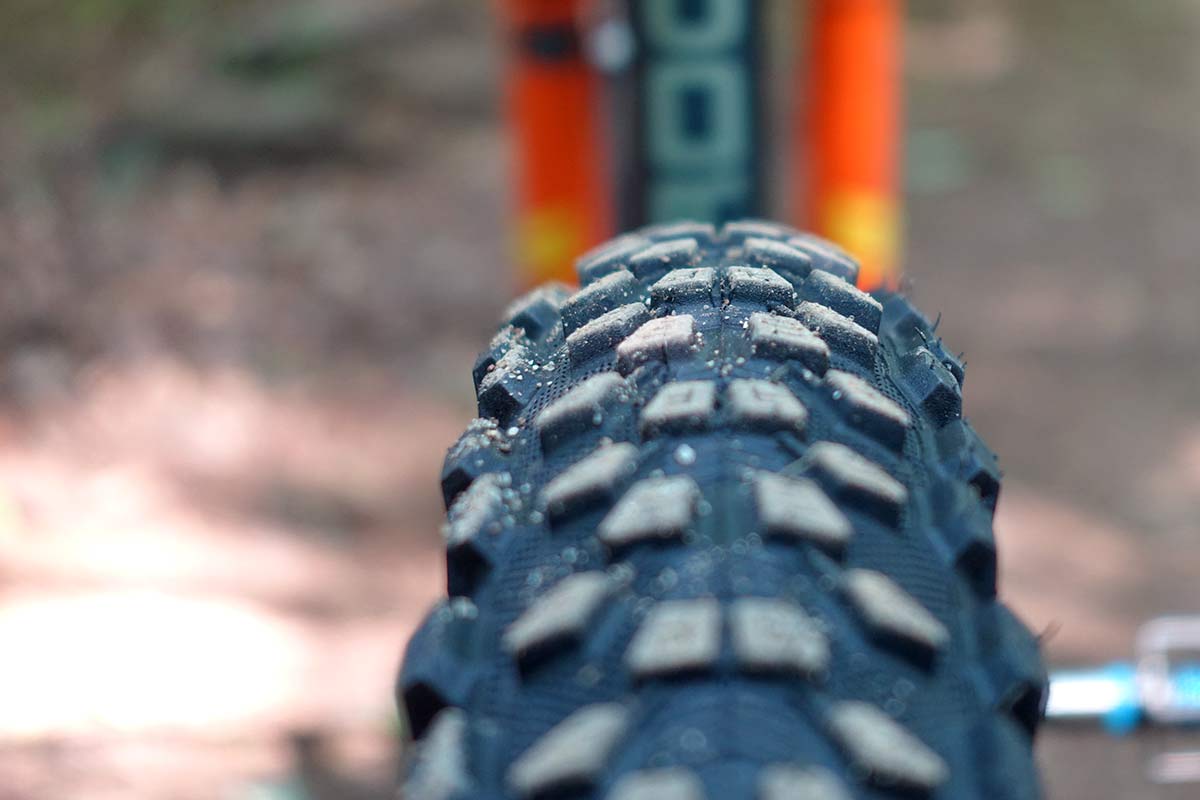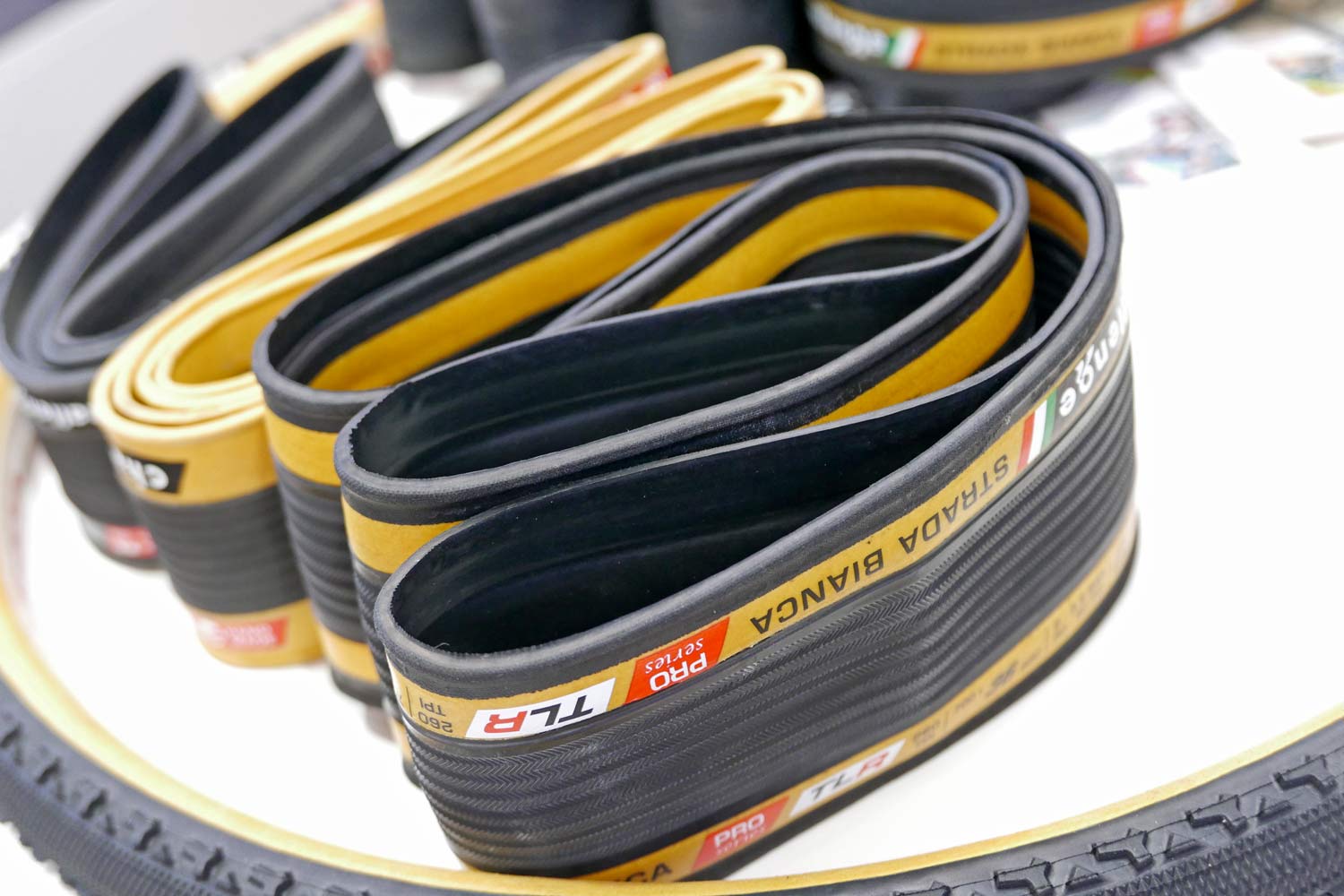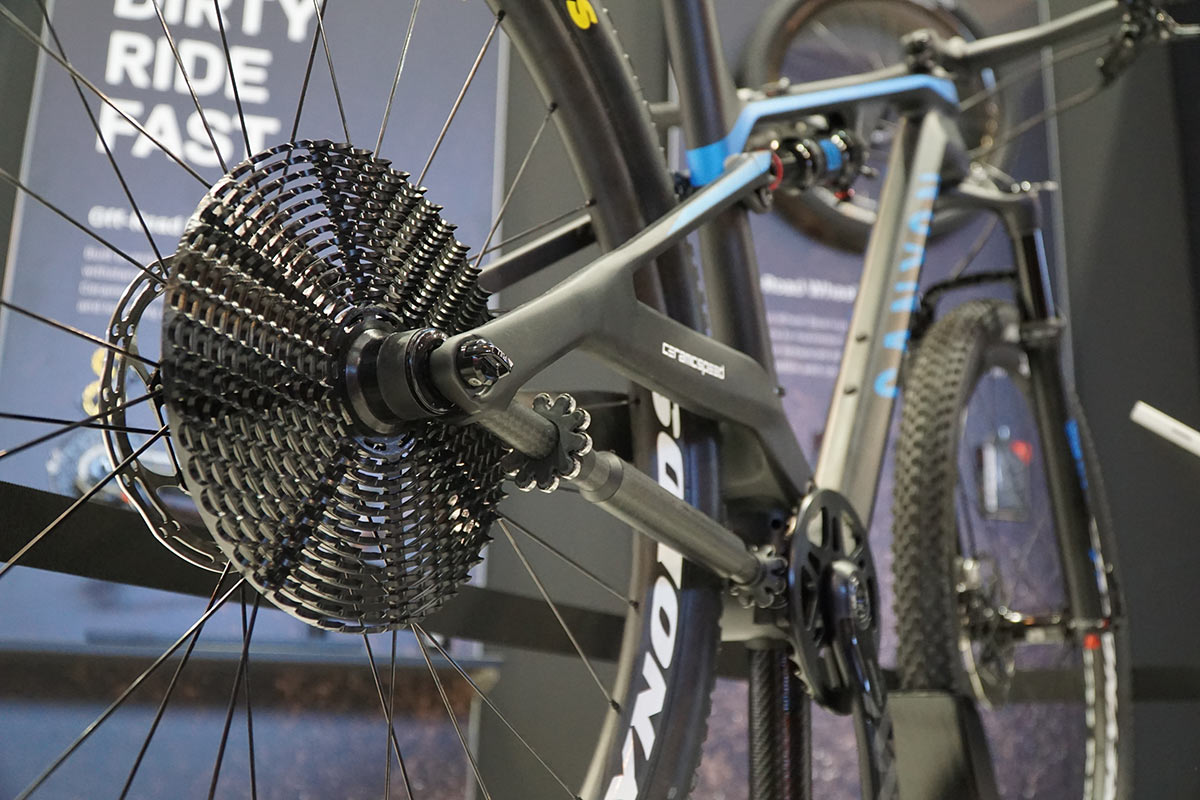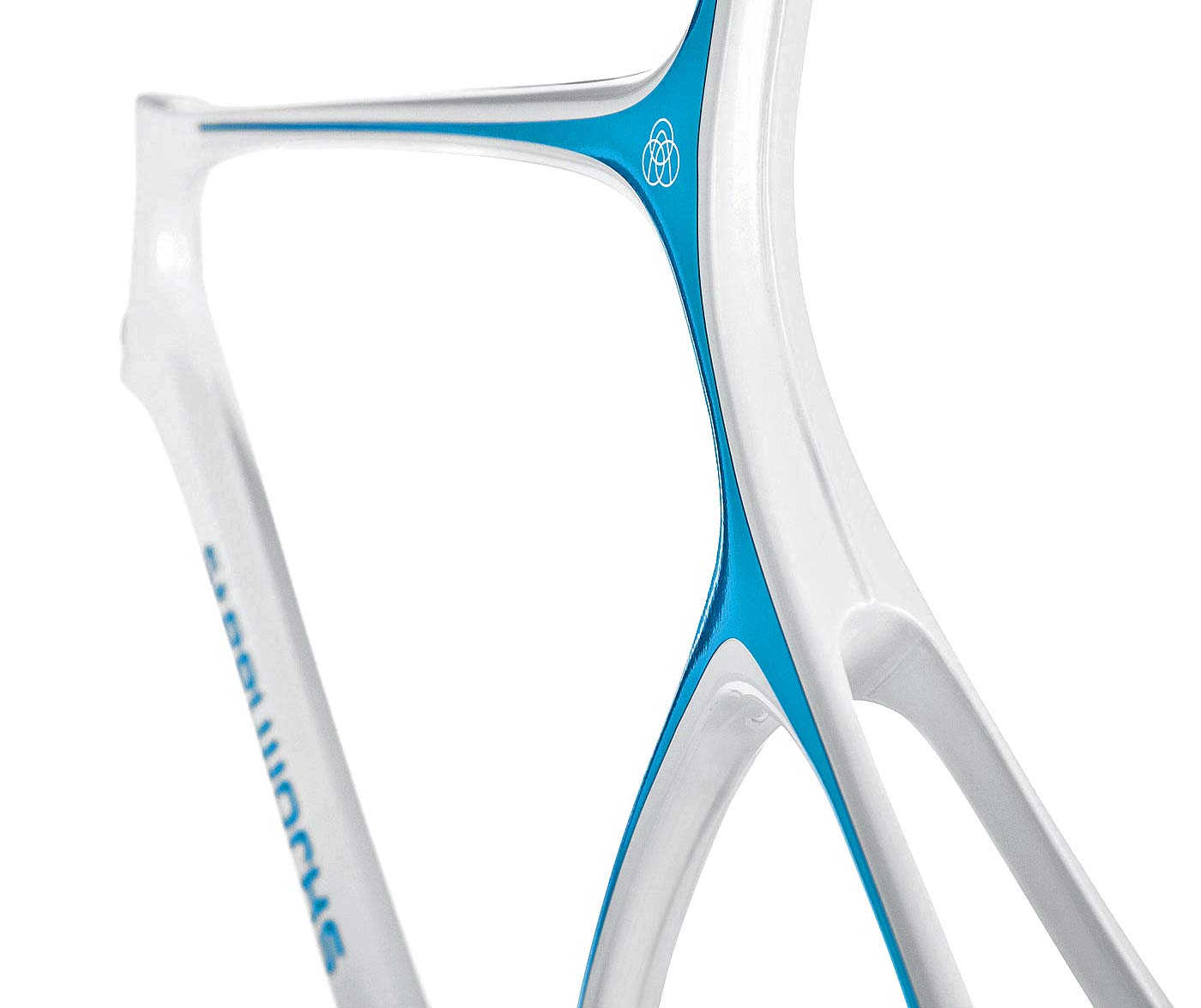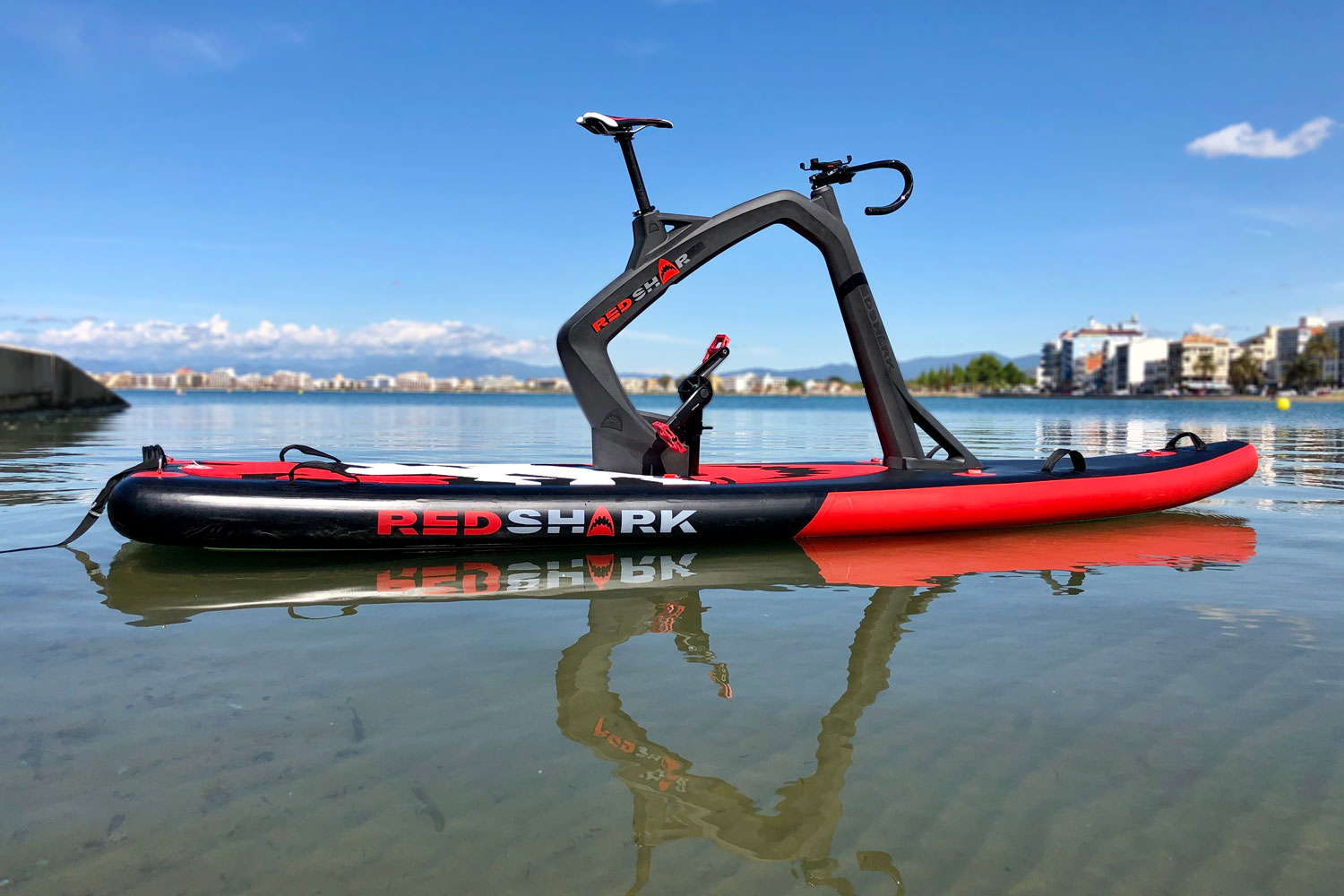Nothing stays the same, as they say. But it seems like the cycling world is in a constant state of change. We shared our predictions for what we’ll see in 2020 on road, gravel and cyclocross bikes, and what we think is coming for mountain bikes. But there’s so much more to our industry, our passion, our livelihoods, than just the bikes. Here’s our thoughts on what we’ll see happen to indoor training, the cycling tradeshows, e-bikes, gear, and more in 2020.
e-Sports will become a (real) thing
OK, it’s already a thing. But it’s gonna get serious. And have its own fan base.
People like you and me will start training for it. Heck, The Sufferfest has already added a training plan specifically for e-sports. Zwift might help you get on a pro team. Rouvy has a $20,000 purse. Rapha (and others) even has clothes now just for riding inside! Ridiculous? Not when there’s money on the line. Now, about those doping controls…
More brands (and riders) will have a stationary bike
Wahoo, Stages, SRM, Wattbike and TrueKinetix just launched stand-alone stationary bike indoor trainers. Why? Because the market is exploding. Riders who are serious about their training know having a dedicated bike set up just for indoor training at all times, they’ll be far more likely to use it. Most of these bikes are also quick to adjust to fit different riders, meaning if there are multiple riders in the same household, you won’t have to switch bikes on the trainer – just make a few quick adjustments. Not to mention that you’re no longer forced to drag your dirty bike through the house, potentially scuffing walls and damaging the floors just to set up your trainer every time you need to spin it out upstairs.
Stationary bikes will of course remain a premium option, but it’s one that more brands will want a piece of in the future. Like maybe Specialized? We could see them (or BH, Trek, etc.) jumping into the stationary bike market as a way to extend their brand into the home. But they’d be expensive. Why? Because Peloton, NordicTrack and their ilk really make their money on subscriptions, not hardware. Bike brands who are only making the bikes will only make money, one time, on the bikes. That’s why Wahoo bought The Sufferfest…it adds recurring revenue. We wouldn’t be surprised to see some sort of merger between Zwift and a bike brand.
The golden ticket will be the first brand that runs both “cyclist” training apps (Zwift, Rouvy, Sufferfest, Kinomap) and “fitness” apps (like Peloton), taking a cut of subscription fees. They’re separate for now, but anytime there’s money to be made…

Smart bike shops will take advantage of this
What do you do when your client base starts using something new? If you’re smart, you create an experience that helps sell it. Top-tier smart trainers are nearing (or exceeding) $1,000. The new stationary bikes? Double or triple that. Or more. We think people are going to want to try before they buy. Smart shops will pick the brand and model they like and create a virtual training room that lets customers get a workout in.
Smarter shops will set up an entire section where they can host virtual ride nights (local e-sports league!), having a few stationary bikes on hand and room for customers to bring their own smart trainers. Get a food truck, sell drinks, make it a regular thing. Get us into the habit of coming into your store by becoming a social hub, expert resource, and tender of beers (or just coffees).
e-Bikes will become harbingers of all bikes
This one’s a little further reaching than 2020, But have you noticed the trend among e-bikes? It’s integration, and there’s an arms race amongst top brands to make a high-performing e-bike that looks more like a regular bike. That means hiding the electronics, batteries, motor and more into a streamlined package.
Guess what? We’re going to start seeing a similar level of integration on all bikes, starting at the top end of course. Why? Simple: money. Why do you think every major brand has their own house-brand components? Because they cost the bike brand far less than buying, say, Easton, Ritchey, Race Face, Crank Brothers or whatever components. So the bike brand makes more money, and they just have to convince you and me their components are up to snuff.
Or…
They’ll make it so you can’t use other brand components. How? By making things so uniquely integrated that it’s impossible for 3rd party products to be used. We’re already seeing this with fully integrated bar-and-stem combos that feed the cables, hoses and wires directly into the frame. It’s awesome, it’s aero, and it’s beautiful. But unless you’re the one making that system (like FSA or Token, who thankfully offer some universal fit solutions), it’s going to be awfully hard to get OEM spec or sell your parts aftermarket. This gives the bike brands more control over the entire experience.
By no means are we suggesting this is a bad thing for riders. “Systems engineering” is why Shimano’s drivetrains work so damn well. And why Cannondale can make ridiculously lightweight bikes. We’re just saying it’s likely to narrow your ability to customize your bikes.
You’ll see more mounts on more bikes
Adventure riding is in. Gravel’s leading the way, but it’s inspired things like wider road bike tires that encourage a little exploration. We’re betting more and more bikes will at least get (and should get) integrated top tube (aka Bento Box) bolts added behind the stem. We’re hearing bag companies talk about making more bolt-on accessories available.
Gravel bikes, like Niner’s latest RLT lineup, keep adding more mounting points, at least for the non-race models. And like Niner, you’ll probably see those brands starting to offer their own made-to-fit frame bags to capture more of the sale. And with those custom bags, hopefully we’ll see more integrated mounts for the frame bags themselves – frame bags are so much better without a bunch of sloppy velcro straps all over the frame.
Wheel and tire sizes will continue to change
Anyone want to guess how long it will be until we see a ‘mullet style’ gravel bike? You know, with a 650b wheel in the back and a 700c wheel up front? We’re seeing this a lot more in the world of mountain biking, so who knows. More importantly though, even though we seem to be getting closer to more generally accepted wheel, rim, and tire sizes, things are sure to change. Substantially wider rims and tires for road? Maybe? Whatever it is though, you know someone will try it.
The drive of the last decade to adopt new wheel sizes probably came down to better availability of tires. Now that there are so many high-quality, lightweight tubeless-ready tires in 650b/27.5″ & 700c/29″ for everything from old school road 23mm tires up to monstrous 2.8″ mountain tires, even 3″ plus & 4-5″ fatbike tires. The choices are almost endless, meaning you can mix & match whatever you want, for almost any discipline.
Oh, and more tan walls are definitely coming. Will there be more non-black rubber treads to match?
More tubeless options for drop bars…with standards!
This past year, we saw long-time hold outs finally add tubeless ready options for the road. And other brands, like Schwalbe and Challenge, continue to push the boundaries of lightweight tubeless road bike tires. As those designs evolve, we’re betting we’ll continue to see the brands refine the casings to further drop weight and improve ride quality. Tubulars? In a few years, we don’t imagine too many pros even wanting to use them.
The other big innovation we’ll see is a move to more standardization of Road Tubeless rim and bead interfaces. There are still a couple of brands, Goodyear in particular, who are holding back on launching high-end Road Tubeless tires until there’s a proper ETRTO standard. Why? Because without that, it’s still the wild west in terms of which tires will safely mount on which rims. Should you wait? We’ll answer this way: We’re all riding tubeless tires on all of our bikes now, and it’s glorious. But better safety standards should help things get even better.
Drivetrain manufacturers will have to reinvent the (pulley) wheel
You can only stuff so many gears into a cassette. Eventually, you’ll run out of room on the axle or the gears and chain will become so thin that durability will begin to suffer. So what comes next? Well, after 13 or 14 speed cassettes, it seems that drivetrain manufacturers might have to look to new concepts to add gears or improve performance. CeramicSpeed’s DRIVEN shaft drive concept is one possible example of how to rethink the traditional drivetrain. Gear boxes are another – though most that we’ve tried up to this point have fallen short of their promised potential. This all may point back to the integration comment above – don’t be surprised if you start seeing bikes that are capable of running a single drivetrain after it’s built into the frame.
Bike builders will figure out new ways to make bikes
We’ve seen a lot of 3D printing pop up in the cycling accessories & component market in recent years – custom saddles, custom aero bars, GPS mounts, even tires! But there’s been a sizable jump this year in using automated technologies to actually build the bikes themselves. That might be a World Cup Track bike or DH & enduro bikes that rely on 3D printed titanium for customization. More fully CNC-machined frames like those from Pole? A couple of companies told us this fall that they are looking at automating carbon frame manufacturing to speed up the notoriously labor-intensive process, and maybe even bring some production closer to home. It might even end up being the next premium steel bikes that could get stamped out of sheet metal and welded by robots.
Bike markers could even branch out beyond the wheel
Maybe those new bikes won’t be limited to roads or trails either…
And there’s no end in sight to new innovations…
This was a big roundup on the future of bicycles, but we have regular crystal ball sessions: Our Patent Patrol series. We’ve seen new drivetrains that put the shift buttons on your fingers, high-end bikes that fold up for travel, even Lauf’s thoughts on how to put the leaf springs from their forks into a bike frame, even transforming recumbents. Sure, not all of that will become real in 2020. But some of it likely will make it to market soon, and we’ll be there to share it with you!
Want more? What do you think is coming?
If you’re looking for a more focused vision, here’s our predictions on the future of Road, Gravel and Cyclocross Bikes, as well as Mountain Bikes. What do you think? What do you want to see on future bikes? Tell us in the comments!
